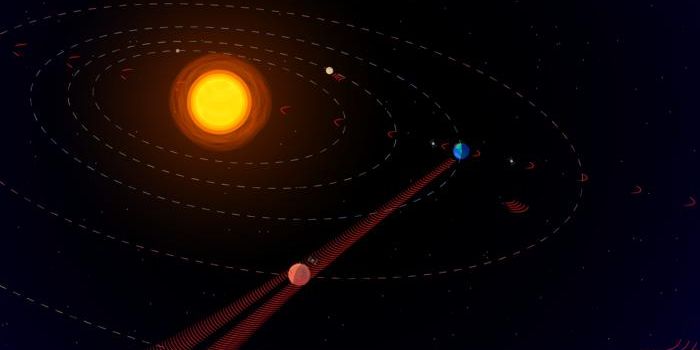When Will Earth Experience Another Chelyabinsk-Like Meteor Event?
In 2013, a notably-sized meteor exploded over the sky in Chelyabinsk, Russia. The shockwave from this event was so powerful that glass windows were shattered across six surrounding cities and at least 100 people were injured to the point of hospitalization.
Astronomers search for Near-Earth Objects (NEOs) like the one that exploded in the sky above Chelyabinsk around the clock, but it’s not easy. NASA is aware of more than 14,000 NEOs, but the list is always growing.
The Chelyabinsk meteor came without warning, mostly because of two reasons: 1) Earth’s observatories aren’t global, so they can only observe during nighttime, and 2) Earth’s telescopes aren’t powerful enough to discern objects as small as the meteor from 2013, so it wouldn’t have been noticed until only a day or two before meeting with Earth.
Unfortunately, the meteor struck in the daytime, so Earth’s observatories couldn’t provide much warning. And to make matters worse, telescope technology wasn’t as powerful five years ago as it is today.
Advancements are underway to improve NASA’s NEO detections. These include building more observatories and upgrading telescope components. Nevertheless, there’s always the possibility that another Chelyabinsk-like meteor could be headed our way without warning.
These kinds of events are challenging to predict, but we can only hope that future technological advancements will protect us from harm.








